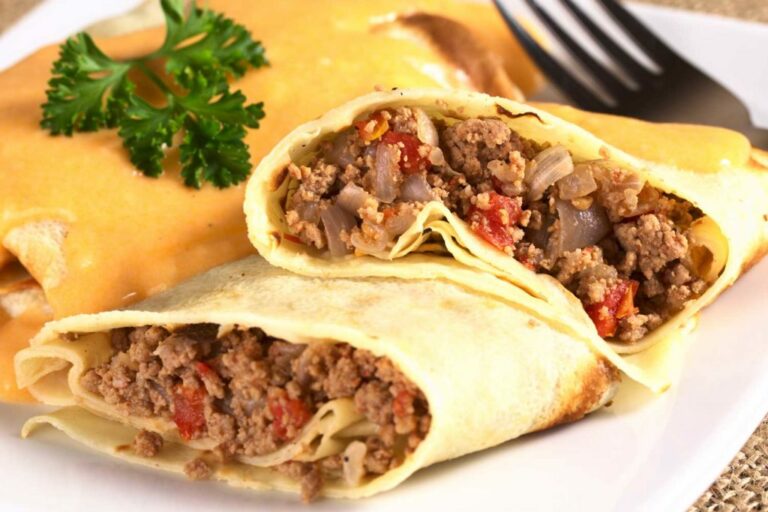Introduction: Hungarian Culinary Traditions
Hungary has a rich culinary history that has been influenced by various cultures over the years. The country’s cuisine is characterized by its hearty and flavorful dishes, which often feature meat, spices, and paprika. Hungarian food is known for its use of fresh, high-quality ingredients and its emphasis on traditional cooking techniques.
Meat in Hungarian Cuisine: A Historical Overview
Meat has played an important role in Hungarian cuisine for centuries. This is due in part to the country’s agricultural history, which has traditionally favored livestock farming over crop cultivation. For many centuries, the Hungarian diet was centered around meat, particularly beef, pork, and poultry. Meat was often prepared over an open flame or in a cauldron, and it was typically served with hearty side dishes like dumplings or potatoes.
Meat Consumption in Modern Hungary
Today, meat remains an important part of the Hungarian diet, but its consumption has become more varied and diverse. Modern Hungarian cuisine includes a wider range of meats, including game meats like venison and boar, as well as fish and seafood. However, meat still accounts for a significant portion of the average Hungarian’s daily diet, with pork and chicken being the most popular meats consumed.
Traditional Hungarian Meat Dishes
Hungarian cuisine is famous for its hearty meat dishes, many of which have been passed down through generations. Goulash, a stew made with beef, onions, and paprika, is perhaps the most famous Hungarian dish. Other popular meat dishes include chicken paprikash, which is chicken cooked in a creamy paprika sauce, and porkolt, a type of stew made with pork and vegetables. These dishes are often served with dumplings, potatoes, or bread.
Vegetarian and Vegan Options in Hungarian Cuisine
While meat remains an important part of Hungarian cuisine, there are also plenty of vegetarian and vegan options available. Many traditional Hungarian dishes can be easily adapted to be meat-free, and there are also many new, plant-based dishes that have been created in recent years. For example, lecso is a popular vegetable stew made with peppers, tomatoes, and onions, while töltött paprika is a traditional dish made with stuffed peppers that can be filled with meat or vegetarian fillings.
Conclusion: Balancing Tradition and Dietary Diversity
Overall, Hungarian cuisine has a strong focus on meat, but there are also plenty of options available for vegetarians and vegans. As with any cuisine, it is important to balance tradition and dietary diversity in order to create a well-rounded and satisfying culinary experience. Whether you are a meat-eater or a vegetarian, there is something for everyone to enjoy in Hungarian cuisine.

